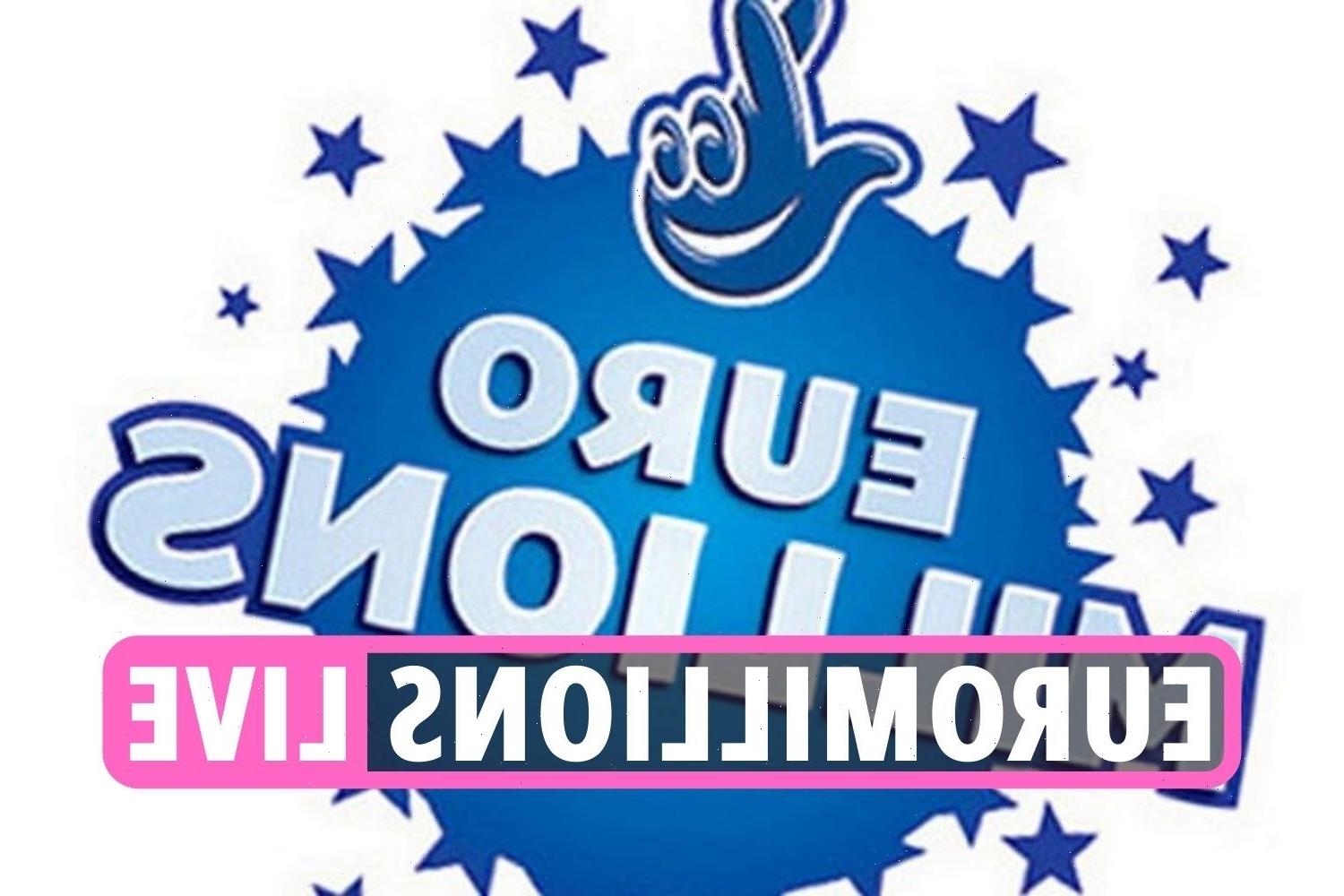Are YOU a prolific liar? Only 1% of people regularly tell more than 15 lies per day, while the rest of us are truthful the majority of the time, study finds
- New scientific paper suggests humans are more honest than previously thought
- Most people – 77 per cent – tell somewhere between zero and two lies per day
- However, one per cent of us are telling more than 15 lies per day ‘day in day out’
We’re often told that humans are compulsive liars, but according to a new scientific study, humans are more honest than we’ve previously been given credit for.
Researchers in Alabama examined have more than 100,000 lies told by 632 participants over the course of 91 days.
They found only one per cent of people regularly tell more than 15 lies per day, and most were little white lies.
Overall, the majority of lies were told by only ‘a few prolific liars’, the study found, but the majority of participants told few or no lies on a given day.
As an example, the authors name former US President Donald Trump as someone who lies ‘considerably more than the majority of Americans’.
Trump clocked up 9.9 lies per day on average throughout the study period, according to results from the Washington Post Fact Checker, which recorded false and misleading public statements from Trump on a daily basis.
People are more honest in day-to-day life than previously thought – except for ‘a few prolific liars’, according to researchers in Birmingham, Alabama (stock image)
Types of liars
– ‘Super big liars’ (1 per cent): 15.5 lies per day
– Above average (15 per cent): 5 lies per day
– Normal (but with bad lie days) (6 per cent): 1.3 lies per day
– Honest majority (77 per cent): 1.3 lies per day
– Unusually honest (1.5 per cent): 0.1 lies per day
The new study was conducted by researchers at the University of Alabama at Birmingham and published in the journal Communication Monographs.
‘People are mostly honest, except for a few pathological liars,’ said the study’s lead author Professor Timothy Levine, who studies deception.
‘There is that kind of top 1 per cent who are telling more than 15 lies per day, day in day out.’
There has been an assumption for a long time that people lie a lot, and that lying is ubiquitous and really common, according to Professor Levine.
As an example, past research papers have claimed people lie, on average, about once or twice per day.
Meanwhile, Pamela Meyer in her TED Talk with more than 31 million views, tells the audience that ‘on a given day, studies show that you may have lied to anywhere from 10 to 200 times’.
But the average number of lies per day reported in the literature does not reflect the behaviour of most people, according to the University of Alabama team.
Liars are more likely to speak slowly and put less emphasis in the middle of words, according to a 2021 study.
According to researchers in Paris, the brain can automatically detect a signature in the voice of a liar – slower speech and less emphasis on the middle of a word.
This process happens even when we’re not actively trying to determine if someone is being honest or not.
It is hoped the discovery could be used in the future to develop ‘light tools’ that the police could use to determine whether a criminal is lying.
Read more: Liars speak slowly and put less emphasis on the middle of words
For the study, the researchers tracked the lying of 632 undergraduate students every day over three months.
The participants – 75 per cent of whom were female – were asked to keep a ‘daily deception journal’.
This took the form of a series of daily online questionnaires via smartphone, computer or tablet.
Participants were asked how many times they lied in the past 24 hours and asked to estimate how many times they lied during a typical day.
Another measure asked participants to report their white lies (which are considered harmless or trivial) and big lies (which are rather more serious).
Over the course of the study period, the deception journals yielded a hefty 116,336 lies.
Primary motives for lying were to ‘avoid others’, protect one’s self, impress or appear more favourable, protect another person or hurt another person.
Other lies were for personal benefit or gain, for the benefit of another person, or as a form of humour. Others, meanwhile, were told for no reason at all.
The results showed 77 per cent of the study participants were consistently honest, telling between zero and two lies per day – 1.3 on average.
‘For these individuals, zero to two lies per day was typical, and more than four lies per day were two standard deviations out for them,’ the authors report.
By contrast, a small subset of people – about 6 per cent – averaged more than six lies per day and accounted for a sizable proportion of the lies.
Former US President Donald Trump (pictured) lies ‘considerably more than the majority of Americans’, according to the study authors
‘There are people who lie way more than the rest of us,’ Levine said. ‘About a three quarters of us are, really, pretty honest. There are a few people who are super-honest.’
People also have good and bad lie days, when they tell more or fewer lies than what is typical for them, Levine said.
Also, for the most part, people do not lie unless they have a reason to – this depends on our ‘daily communication demands’, which Levine calls ‘a big driver for most of us on how honest or dishonest we are’.
The researchers conclude that their study shows everyday communication is probably safer than we think it is.
‘That said, there are these few prolific liars out there,’ Levine said. ‘And I think this study showed that they are a real thing.’
WHAT ARE THE NINE WAYS TO SPOT A LIAR?
The big pause: Lying is quite a complex process for the body and brain to deal with. First your brain produces the truth which it then has to suppress before inventing the lie and the performance of that lie.
This often leads to a longer pause than normal before answering, plus a verbal stalling technique like ‘Why do you ask that?’ rather than a direct and open response.
The eye dart: Humans have more eye expressions than any other animal and our eyes can give away if we’re trying to hide something.
When we look up to our left to think we’re often accessing recalled memory, but when our eyes roll up to our right we can be thinking more creatively. Also, the guilt of a lie often makes people use an eye contact cut-off gesture, such as looking down or away.
The lost breath: Bending the truth causes an instant stress response in most people, meaning the fight or flight mechanisms are activated.
The mouth dries, the body sweats more, the pulse rate quickens and the rhythm of the breathing changes to shorter, shallower breaths that can often be both seen and heard.
Overcompensating: A liar will often over-perform, both speaking and gesticulating too much in a bid to be more convincing. These over the top body language rituals can involve too much eye contact (often without blinking!) and over-emphatic gesticulation.
The more someone gesticulates, the more likely it is they might be fibbing (stock image)
The poker face: Although some people prefer to employ the poker face, many assume less is more and almost shut down in terms of movement and eye contact when they’re being economical with the truth.
The face hide: When someone tells a lie they often suffer a strong desire to hide their face from their audience. This can lead to a partial cut-off gesture like the well-know nose touch or mouth-cover.
Self-comfort touches: The stress and discomfort of lying often produces gestures that are aimed at comforting the liar, such as rocking, hair-stroking or twiddling or playing with wedding rings. We all tend to use self-comfort gestures but this will increase dramatically when someone is fibbing.
Micro-gestures: These are very small gestures or facial expressions that can flash across the face so quickly they are difficult to see. Experts will often use filmed footage that is then slowed down to pick up on the true body language response emerging in the middle of the performed lie.
The best time to spot these in real life is to look for the facial expression that occurs after the liar has finished speaking. The mouth might skew or the eyes roll in an instant give-away.
Heckling hands: The hardest body parts to act with are the hands or feet and liars often struggle to keep them on-message while they lie.
When the gestures and the words are at odds it’s called incongruent gesticulation and it’s often the hands or feet that are telling the truth.
Source: Read Full Article





